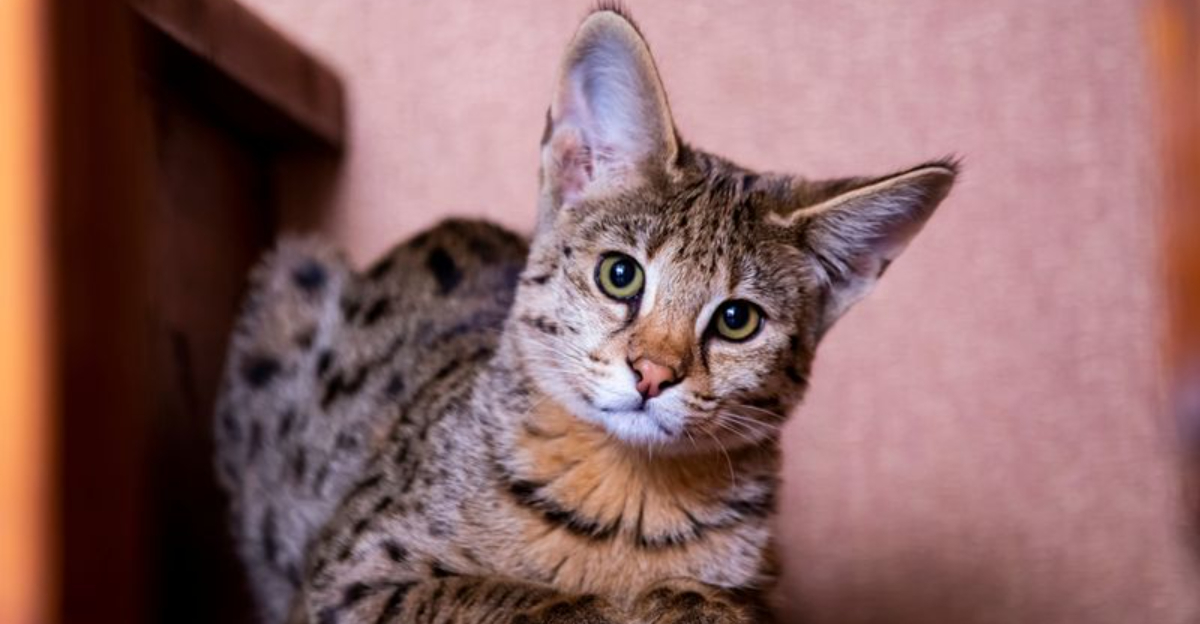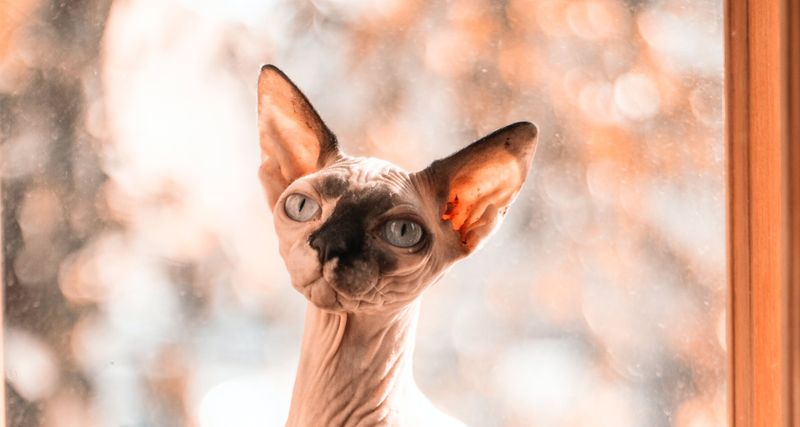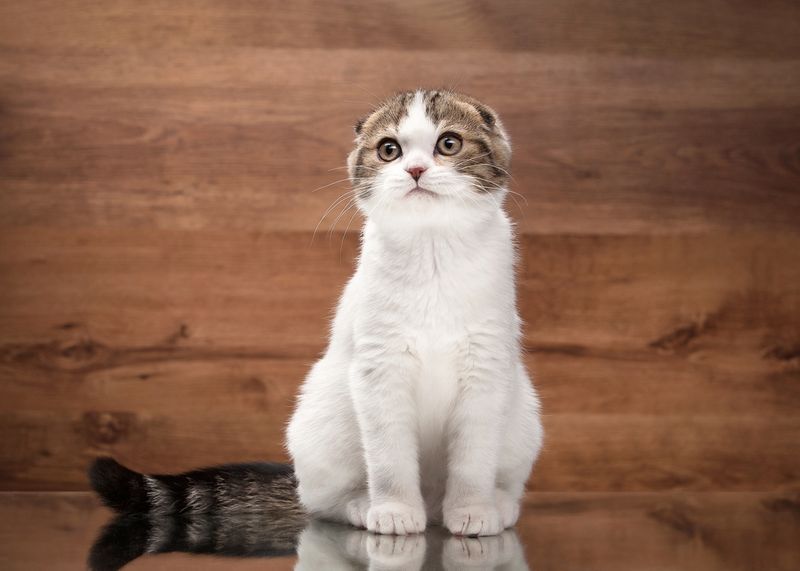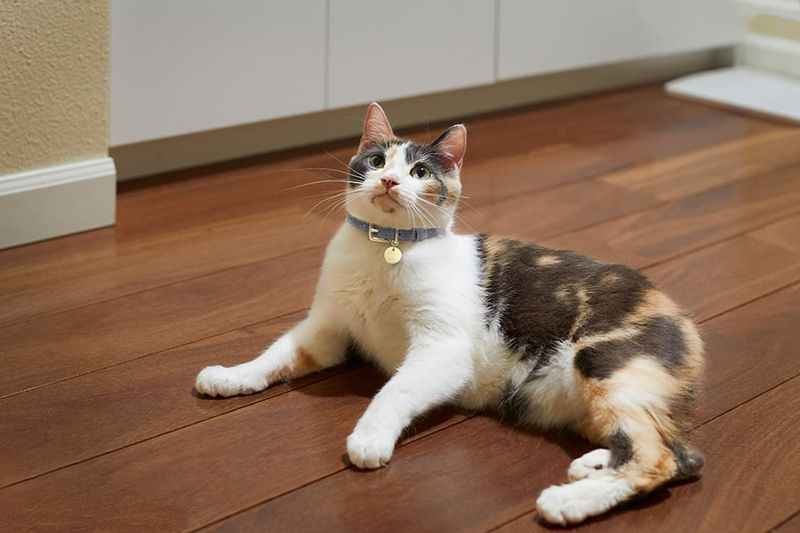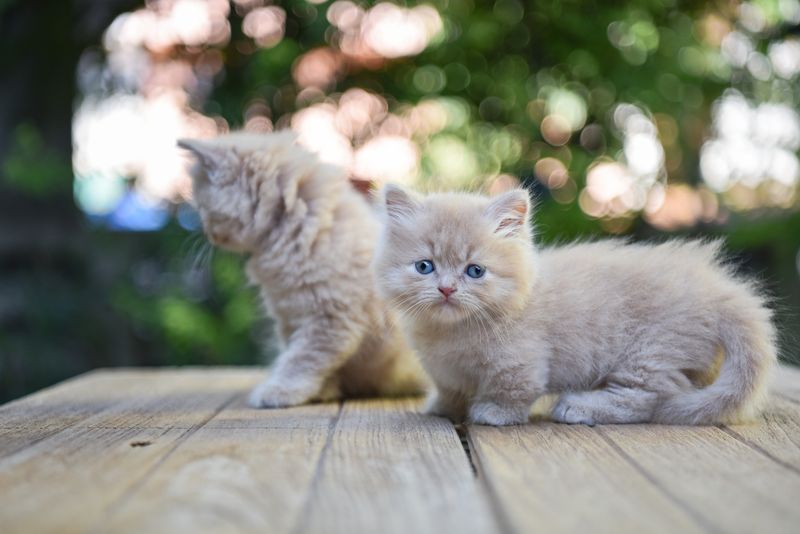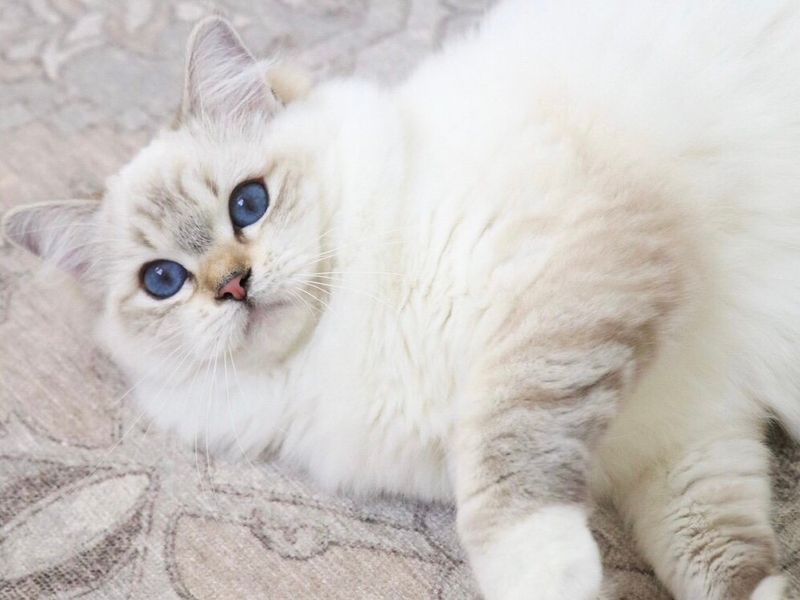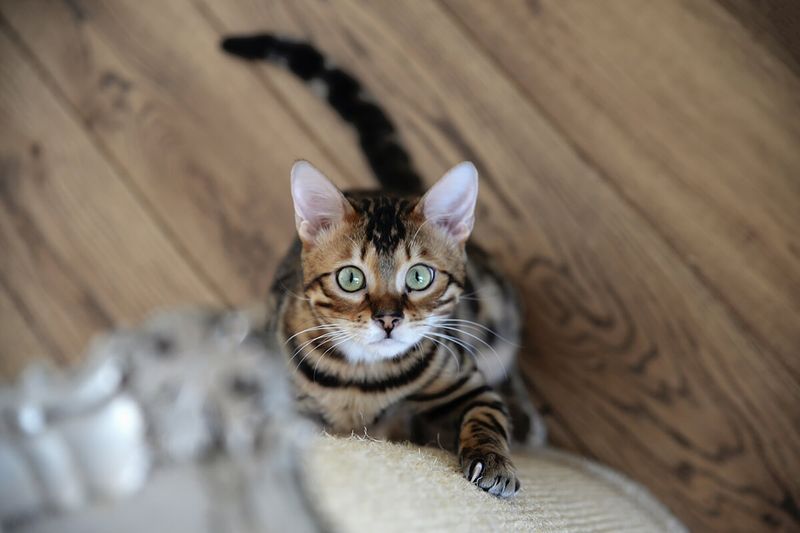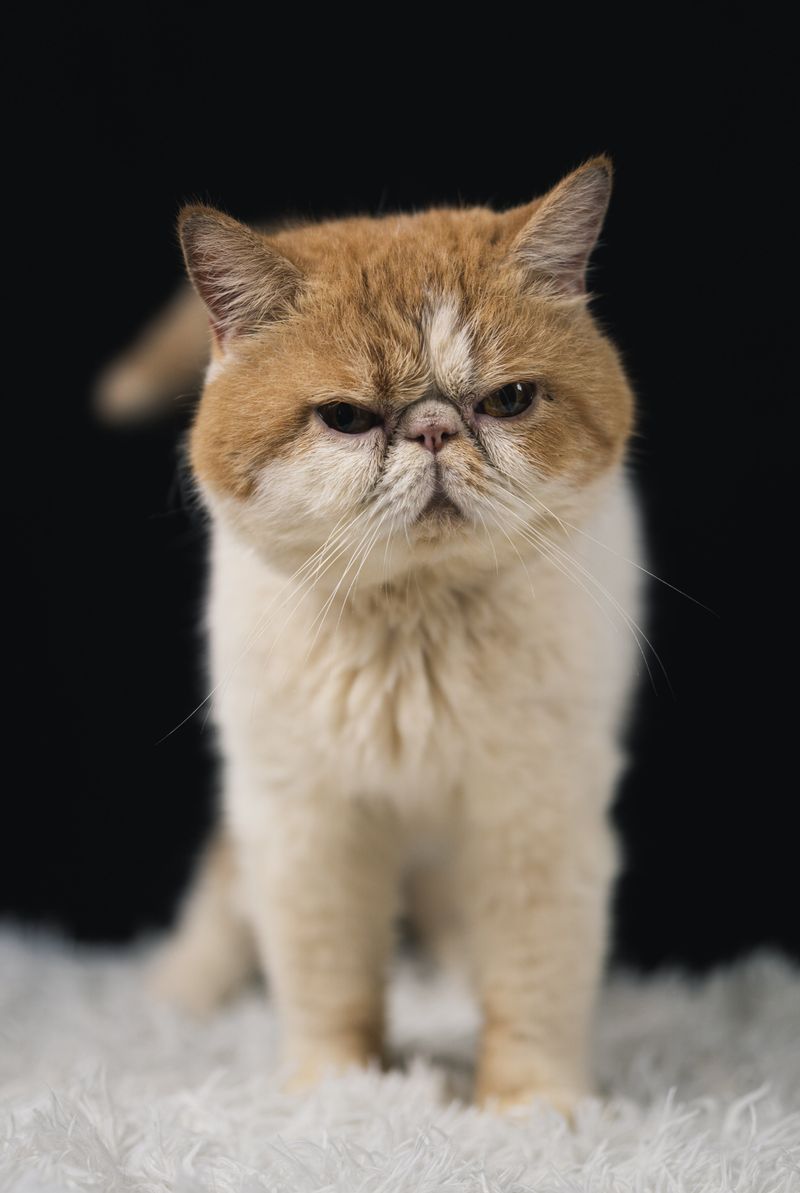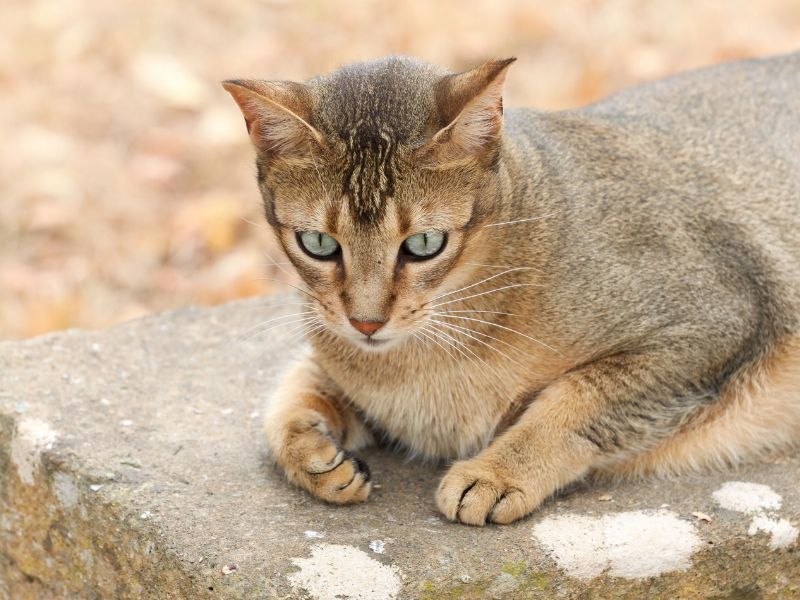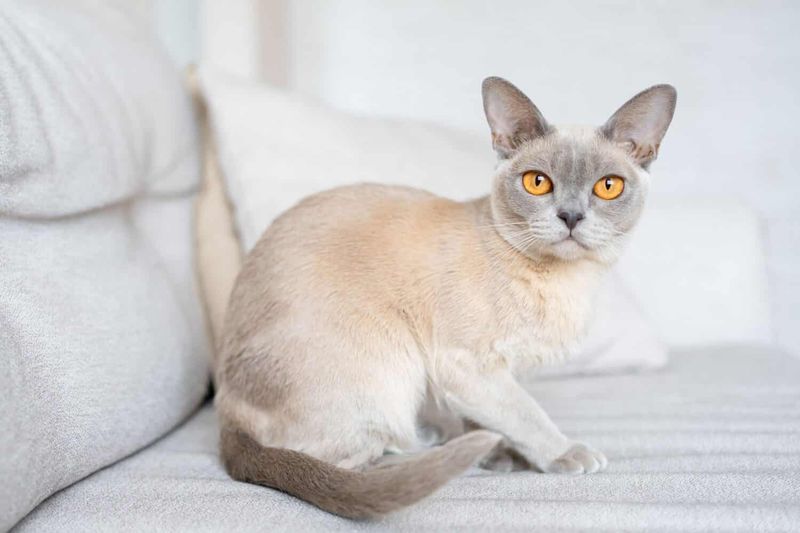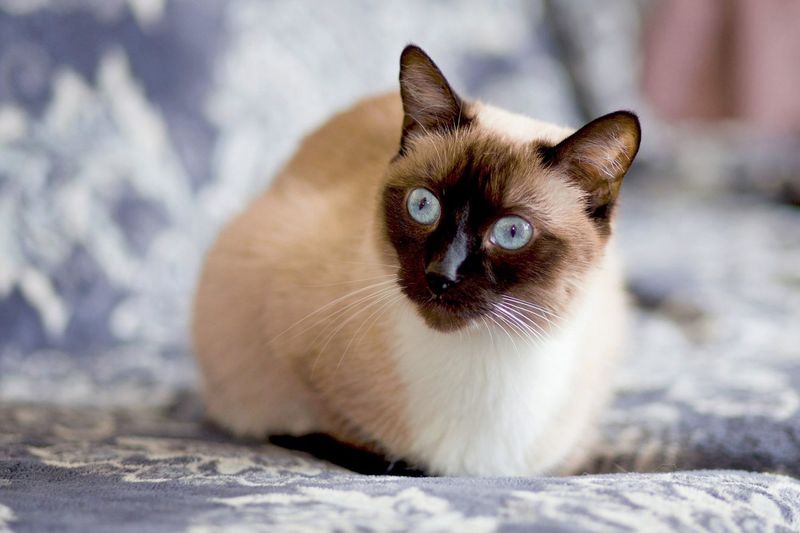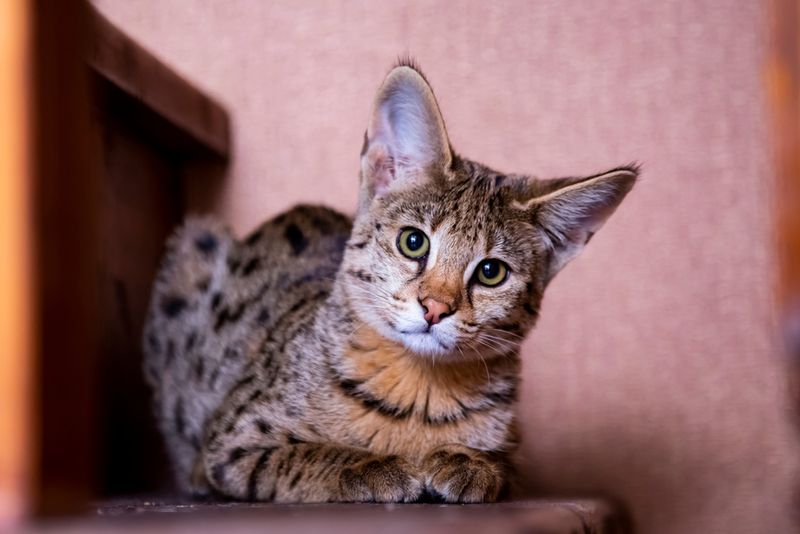📖 Table of Content:
Cats fill countless homes around the world with warmth and companionship. Their presence brings comfort and happiness, making them beloved members of many families. Each breed carries its own unique traits, including differences in lifespan.
Some cat breeds naturally have shorter lives, often due to genetic makeup or specific health vulnerabilities. These factors can influence how long a cat remains a part of a household. Awareness of these traits helps owners prepare for the special care their pets may need.
Though their time may be brief, these cats leave lasting impressions on their human companions. The bonds formed often run deep, creating cherished memories that endure well beyond their years. Their impact reminds us of the profound connections possible between humans and felines.
1. Sphynx
Known for their lack of fur, Sphynx cats typically live 8-14 years. Their shorter lifespan stems from heart conditions and respiratory issues that commonly affect the breed. Despite health challenges, these cats form incredibly strong bonds with their owners. Sphynx cats are extraordinarily affectionate and seek human warmth constantly. Many owners describe them as dog-like in their loyalty and need for interaction. Their playful personalities and unusual appearance make them unforgettable companions. Regular vet check-ups can help manage their health conditions and potentially extend their lives. Their need for special skin care and temperature regulation makes caring for them a uniquely intimate experience.
2. Scottish Fold
Scottish Folds captivate hearts with their distinctive folded ears, but this adorable trait comes from a cartilage mutation that can cause health problems. Their average lifespan ranges from 11-14 years, shorter than many other breeds due to skeletal issues like osteochondrodysplasia. The same gene that creates their cute folded ears can lead to painful joint problems and arthritis as they age. Despite physical challenges, Scottish Folds maintain sweet, gentle temperaments throughout their lives. They adapt well to various living situations and rarely show signs of discomfort. Their round faces and bright eyes give them an eternally kitten-like appearance that owners cherish long after they’re gone.
3. Manx
Famous for their missing tails, Manx cats typically live 8-14 years. The genetic mutation responsible for their tailless appearance can also cause spinal problems and nerve issues known as Manx Syndrome in severe cases. Affected kittens may not survive past three months of age. Healthy Manx cats are known for their rabbit-like hopping gait and exceptional hunting abilities. They form deep attachments to their families and often follow their people from room to room. Their intelligent, playful nature makes them engaging companions. Originally from the Isle of Man, these cats have a rich folklore history. Some island tales claim they lost their tails when boarding Noah’s Ark, getting the door shut on them!
4. Munchkin
The hallmark of Munchkin cats is their unusually short legs, caused by a natural mutation in their genes. Their lifespan averages 12 to 15 years, which tends to be shorter than typical cats because of mobility restrictions and risks of spinal complications as they grow older. The breed’s controversial development has raised ethical questions among cat enthusiasts. Despite their short stature, these cats can still run surprisingly fast and corner well. They retain their playful kitten-like behavior well into adulthood. Many owners report that Munchkins are particularly social and enjoy being the center of attention. Their unique proportions make them instantly recognizable and often the subject of both adoration and concern in the cat community.
5. Ragdoll
Named for their floppy, relaxed posture when cradled, Ragdolls are gentle giants with a lifespan of 12 to 15 years. They carry a higher risk for hypertrophic cardiomyopathy, a common heart ailment. Their affectionate and docile temperament means they thrive on human interaction but should be kept safe indoors. They greet owners at the door and follow them around the house like devoted shadows. Their striking blue eyes and color-point coats make them visually stunning. Regular cardiac screenings can help detect heart issues early. Many owners say the intense bond formed with these affectionate cats makes their shorter time together even more precious.
6. Bengal
Bengals display wild-looking spotted coats that reflect their Asian leopard cat ancestry. Their typical lifespan of 12-16 years is shortened by genetic predispositions to heart disease and digestive disorders. Their high energy and intelligence require substantial mental and physical stimulation. Active and athletic, Bengals love climbing, jumping, and playing with water. Their distinctive vocalization ranges from chirps to howls, creating a unique communication style with their humans. Many owners install cat shelves and elaborate climbing structures to satisfy their need for vertical territory. Health issues aside, their striking appearance and playful personalities make them unforgettable companions. Regular exercise helps prevent obesity, which can further compromise their health.
7. Persian
Distinguished by their long, silky coats and flat facial structure, Persian cats commonly live 12 to 16 years. Respiratory issues and tear duct complications linked to their brachycephalic features can reduce their longevity. Despite their striking appearance, Persians are sweet-natured and thrive in quiet, restful environments. Daily grooming sessions become special bonding rituals between cat and owner, creating moments of connection. Modern breeding efforts focus on developing less extreme facial structures to reduce health complications. Their calm demeanor and stunning appearance have made them one of the most recognizable and beloved cat breeds worldwide for centuries.
8. Abyssinian
With their sleek, athletic bodies and distinctive ticked fur, Abyssinians usually have a lifespan of 9 to 15 years. Unfortunately, progressive retinal atrophy and renal amyloidosis—both inherited disorders—may impact their longevity. Early diagnosis and consistent veterinary care are essential to managing these risks. Extraordinarily active and curious, Abyssinians investigate every corner of their homes. They form strong bonds with their families while maintaining an independent spirit. Many owners describe them as the perfect balance between an affectionate companion and a self-sufficient cat. Originally from Ethiopia (formerly Abyssinia), these ancient cats appear in Egyptian artwork dating back thousands of years. Their intelligence makes them quick learners who can master tricks and even walk on leashes.
9. Burmese
Burmese cats pack big personalities into medium-sized, muscular bodies. Their lifespan averages 10-16 years, with diabetes mellitus and craniofacial defects being common health concerns. The breed’s genetic pool has narrowed over time, increasing susceptibility to certain inherited conditions. Exceptionally people-oriented, Burmese cats demand attention and participation in all household activities. Their vocalizations are softer than many breeds, but they use them frequently to communicate with their humans. They maintain kitten-like playfulness well into their senior years. Their silky coats require minimal grooming, making them low-maintenance companions. Many owners report that once you’ve lived with a Burmese, no other cat breed quite compares to their combination of affection and entertainment value.
10. Siamese
With their mesmerizing blue eyes and iconic color-point fur, Siamese cats typically live from 10 to 15 years. Health concerns such as liver amyloidosis and respiratory troubles often impact their lifespan. Their lean build demands attention to prevent injuries and ensure they remain warm or cool enough in different climates. Famous for their loud, distinctive voices, Siamese cats are not for those seeking quiet companions. They form intense bonds with their owners and can become anxious when left alone. Their intelligence makes them excellent problem solvers who can learn commands and even open doors. The breed’s history dates back hundreds of years in Thailand (formerly Siam), where they were treasured by royalty. Modern Siamese have more extreme features than their ancestors, with more elongated faces and bodies.
11. Savannah
Savannah cats result from crossing domestic cats with African servals, creating a wild appearance with spotted coats and tall, lean bodies. Their lifespan ranges from 12-15 years, shorter than many domestic breeds due to hybrid vigor complications and heart conditions. Early generation Savannahs (F1-F3) often face more health challenges than later generations. Exceptionally athletic, these cats can jump up to 8 feet high from a standing position. Their dog-like loyalty includes following owners around, playing fetch, and even enjoying water. Some learn to walk on leashes and perform tricks. Ownership restrictions exist in many areas due to their wild ancestry. Their unique appearance and behaviors create unforgettable companions for those legally permitted to keep them.
